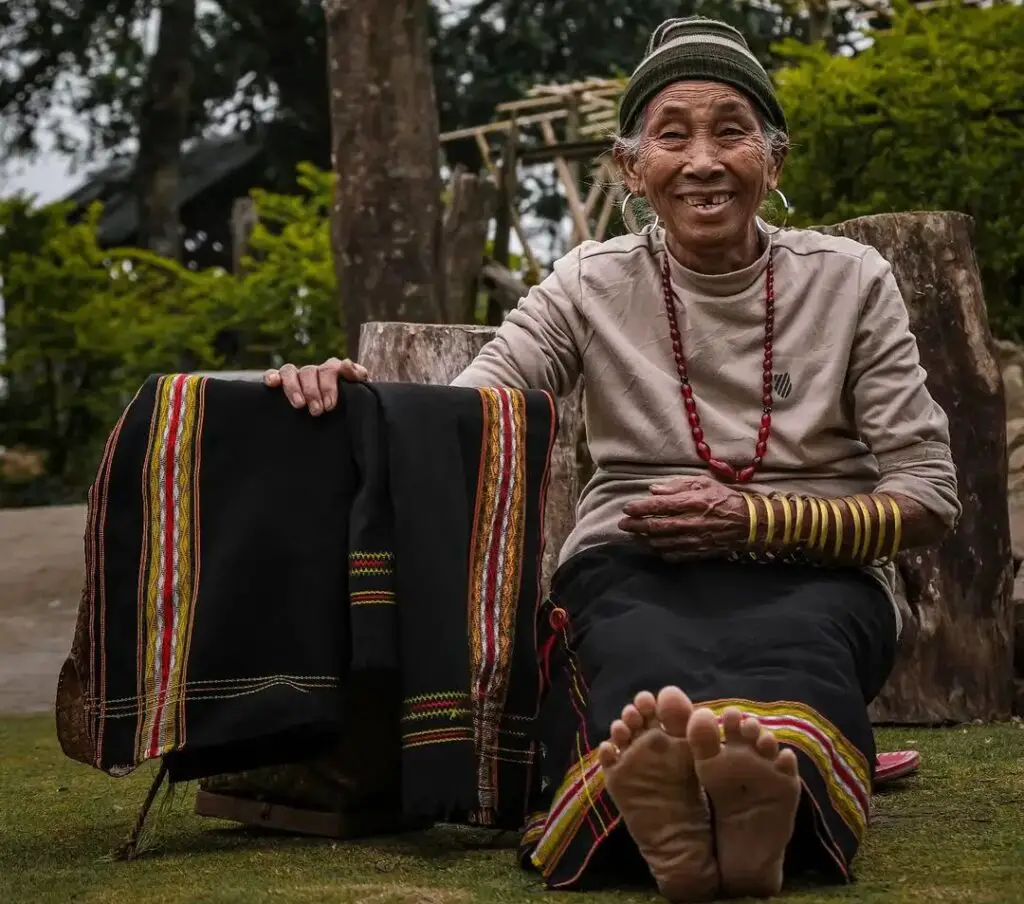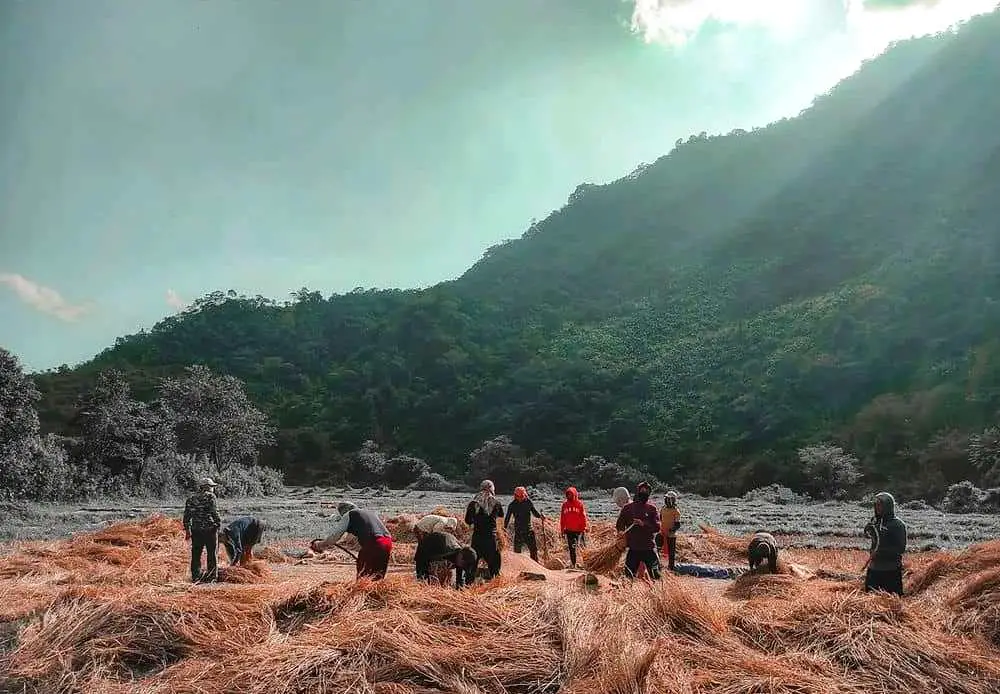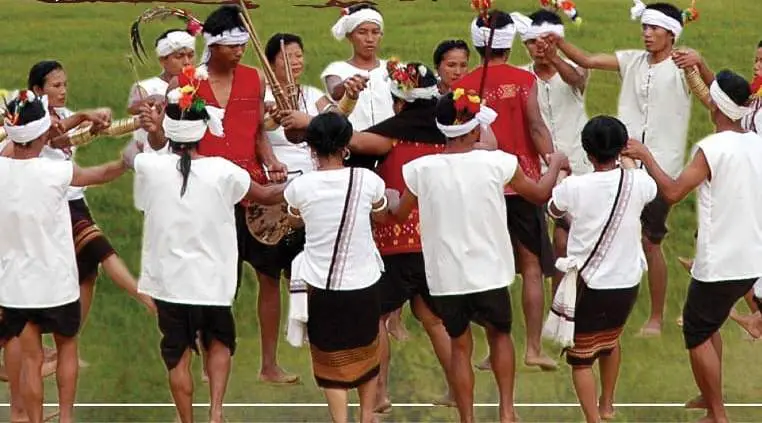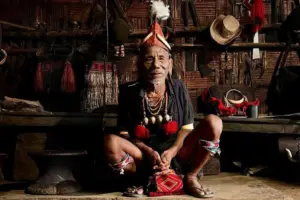Northeast India is a region known for its diverse ethnic communities, each with its unique traditions, language, and way of life. Among these indigenous groups, the Kuki tribe holds a significant place. They are known for their rich cultural heritage, historical background, traditional practices, and their enduring spirit of resilience.
The Chin people of Myanmar and the Mizo people of Mizoram are closely related ethnic groups to the Kukis, often referred to collectively as the Zo people.
Historical Background of the Kukis
The Kuki tribe, also known as the Chin-Kuki-Mizo, is one of the major ethnic groups in Northeast India. Their origin can be traced back to the Tibeto-Burman ethnic family, which includes the Mizo, Zomi, and various other related communities. The Kukis have a strong presence in Manipur, Mizoram, Assam, Tripura, and Nagaland, as well as in parts of Bangladesh and Myanmar.
Language and Literature
The Kuki tribe possesses a rich linguistic heritage with several dialects spoken among its various subgroups. The main language belongs to the Tibeto-Burman language family. Although primarily an oral tradition, they have made significant strides in preserving their cultural heritage through literature. Various folktales, proverbs, and oral histories have been documented and transcribed, ensuring that the age-old traditions and wisdom are passed down to future generations.

Culture and Traditions
Sawm
Sawm served as a community center for boys, functioning as an educational hub where the Sawm-upa, an elder, provided teaching and guidance. Meanwhile, Sawm-nu took care of various tasks such as grooming the boys’ hair, washing garments, and making beds.
Lawm
Lawm, a traditional youth club, played a significant role in fostering social engagement and personal development for both boys and girls, benefiting both individuals and the community as a whole. It served as yet another learning institution.
In addition to imparting traditional knowledge, Lawm facilitated the transmission of technical expertise and practical skills related to specific farming methods, hunting techniques, fishing practices, and sporting activities

Religions
In the early 20th century, the arrival of Welsh Baptist missionaries marked a turning point for the Chin, Kuki, and Mizo peoples who, until then, followed animistic beliefs and were known for their ritual headhunting practices. While Christian missionaries had been present in Manipur since the late 19th century, their reach had not extended to the tribal areas.
However, the outcome of the Anglo-Kuki War of 1917–1919, with the British emerging as victorious, had a profound impact on the Kukis. They perceived the British as powerful conquerors and associated their Christian God with this perceived strength. Consequently, a rapid wave of conversions to Christianity swept through the Kuki community, bringing about significant changes in their ideologies, attitudes, and social customs. This transformation came at a cost, as it entailed a gradual erosion of their traditional customs and cultural traditions. Today, the majority of Kukis identify as Christians, predominantly affiliated with various Protestant denominations, with a particular emphasis on the Baptist faith.

Traditional Attire and Adornments
Festivals play a crucial role in their culture, serving as occasions for social cohesion and religious reverence. The Chapchar Kut, Mim Kut, and Christmas are some of the major festivals celebrated by the people. During these festivities, the community engages in vibrant traditional dances, songs, and rituals, exhibiting their joy and deep-rooted beliefs. These celebrations also provide an opportunity to showcase traditional crafts, cuisine, and music, contributing to the preservation of their cultural heritage.
Agriculture and Livelihood
Agriculture forms the backbone of the Kuki tribe’s economy, with a focus on cultivating crops such as rice, maize, millet, and vegetables. They practice both shifting cultivation, locally known as “jhum” or “slash-and-burn agriculture,” and settled farming. The Kuki people’s deep connection to the land and their sustainable farming methods highlight their harmonious relationship with nature.

Handicrafts and Weaving
The Kuki tribe has a rich tradition of handicrafts and weaving, showcasing their exceptional craftsmanship and artistic skills. Women, in particular, are adept at weaving intricate designs on traditional looms, producing exquisite fabrics like “ngotekherh,” “ngotekherhlam,” and “phirup.” These handwoven textiles hold significant cultural value and are used for various purposes, including clothing, household items, and ceremonial rituals.
Music and Dance
Music and dance are integral to the Kuki tribe’s cultural expression. The tribe has a variety of traditional musical instruments, including drums, flutes, gongs, and stringed instruments like the “tungte” and “kho,” which accompany their dances. The dances, characterized by graceful movements and vibrant costumes, depict various aspects of everyday life, such as hunting, harvesting, and courtship rituals. These traditional performances serve as a form of entertainment, storytelling, and communal bonding.

Resilience and Contemporary Challenges
The Kuki tribe has faced numerous challenges throughout history, including colonization, conflicts, and displacement. Despite these adversities, the tribe has displayed remarkable resilience and the ability to adapt to changing circumstances. The Kuki people have actively engaged in preserving their cultural heritage, promoting education, and advocating for their rights.
However, the Kuki tribe still faces contemporary challenges such as land encroachment, infrastructure development, and the impact of globalization. Efforts are being made by the community, NGOs, and governmental organizations to address these issues and safeguard the tribe’s cultural and socio-economic well-being.
Conclusion
The Kuki tribe of Northeast India stands as a testament to the richness and diversity of the region’s indigenous communities. Their vibrant cultural heritage, deeply rooted traditions, and resilience in the face of challenges make them a remarkable group. By preserving their language, and traditional practices, and embracing modern education, the Kuki tribe continues to shape their future while holding steadfast to their roots. As we celebrate and appreciate the Kuki tribe’s unique contributions, it is crucial to recognize and support their efforts to sustain their cultural identity and promote their overall well-being.






